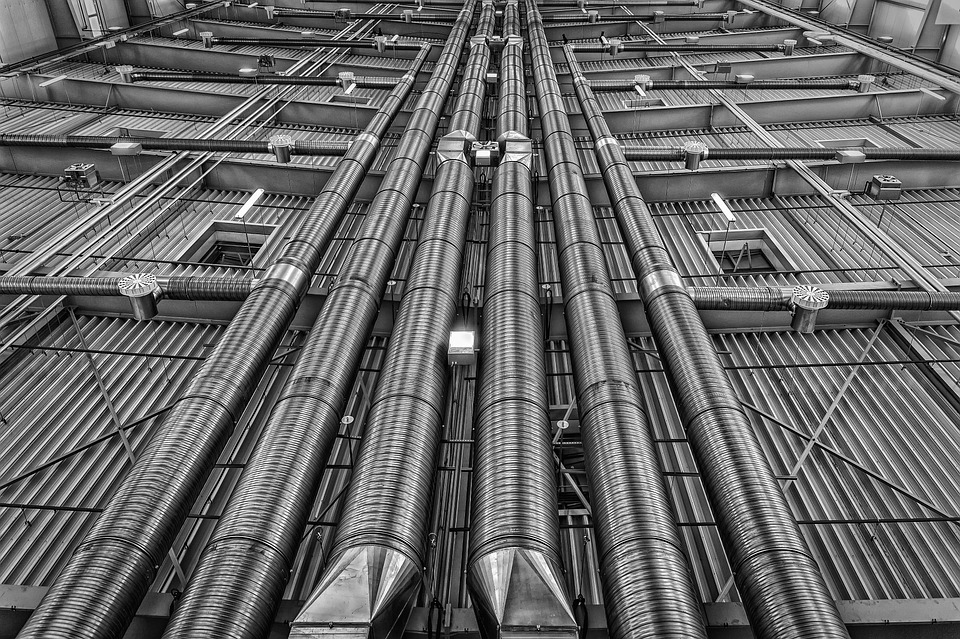The Evolution of Film Industry: From Silent Films to CGI
The film industry has come a long way since the early days of silent films. From the first moving pictures to the rise of CGI technology, the evolution of film has been a fascinating journey that has transformed the way we experience movies. Let’s take a closer look at how the film industry has evolved over the years.
The Birth of Cinema
The origins of cinema can be traced back to the late 19th century when inventors like Thomas Edison and the Lumière brothers began experimenting with moving pictures. The first public screening of a motion picture took place in Paris in 1895, marking the birth of the film industry.
Silent films quickly became popular, with filmmakers like Georges Méliès and D.W. Griffith pioneering new techniques in storytelling and editing. These early films relied on visual storytelling, as there was no synchronized sound at the time. Instead, live music or narration would accompany the images on screen.
The Golden Age of Hollywood
The 1920s and 1930s were known as the Golden Age of Hollywood, a time when the film industry flourished and produced some of the most iconic movies in history. Stars like Charlie Chaplin, Mary Pickford, and Rudolph Valentino became household names, and movies like “Gone with the Wind” and “Casablanca” became instant classics.
During this time, sound technology was introduced to cinema, forever changing the way films were made and experienced. The first “talkie” film, “The Jazz Singer,” was released in 1927, and it revolutionized the industry by allowing actors to speak and sing on screen.
The Rise of Technicolor and Special Effects
In the 1940s and 1950s, Technicolor became the standard for color film production, bringing vibrant hues to the silver screen. This breakthrough technology allowed filmmakers to create more visually stunning and immersive movies, like “The Wizard of Oz” and “Singin’ in the Rain.”
Special effects also began to play a larger role in filmmaking during this time, with filmmakers using techniques like matte painting and miniatures to create fantastical worlds on screen. Movies like “King Kong” and “The War of the Worlds” showcased the power of visual effects in storytelling.
The New Hollywood Era
The 1960s and 1970s marked the beginning of the New Hollywood era, a time when filmmakers like Francis Ford Coppola, Martin Scorsese, and Steven Spielberg began pushing the boundaries of traditional filmmaking. Movies like “The Godfather,” “Taxi Driver,” and “Jaws” redefined the cinematic landscape and introduced new themes and styles to audiences.
During this time, the rise of independent cinema also allowed filmmakers to create more personal and experimental works outside of the Hollywood studio system. Directors like Woody Allen and Robert Altman embraced auteur filmmaking, focusing on character-driven narratives and innovative storytelling techniques.
The Digital Age and CGI Technology
The 1980s and 1990s brought about the digital age of filmmaking, with advancements in CGI technology revolutionizing the way movies were made. Films like “Terminator 2: Judgment Day” and “Jurassic Park” showcased the power of computer-generated imagery in creating realistic special effects and immersive worlds.
CGI technology continued to evolve in the following decades, with movies like “Avatar” and “The Lord of the Rings” trilogy pushing the boundaries of what was possible in visual effects. Filmmakers were now able to create larger-than-life characters and environments that were previously unimaginable, blurring the lines between fantasy and reality.
The Future of Film
As we look to the future of the film industry, it’s clear that technology will continue to play a significant role in shaping the way movies are made and experienced. Virtual reality and augmented reality are already being integrated into filmmaking, allowing audiences to immerse themselves in the world of the film like never before.
The rise of streaming services like Netflix and Hulu has also changed the way we consume movies, with more and more people opting to watch films at home rather than in theaters. This shift in viewing habits has forced filmmakers to adapt to new distribution models and explore innovative ways to connect with audiences.
Despite these changes, the core principles of storytelling and creativity remain at the heart of the film industry. The evolution of film from silent films to CGI has been a remarkable journey that has transformed the way we experience movies and continues to inspire audiences around the world.



